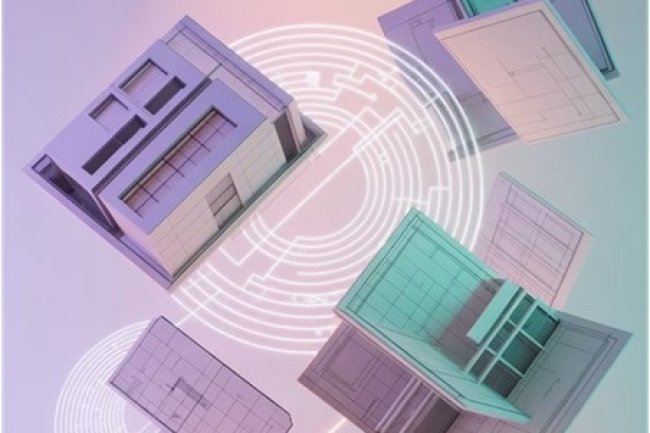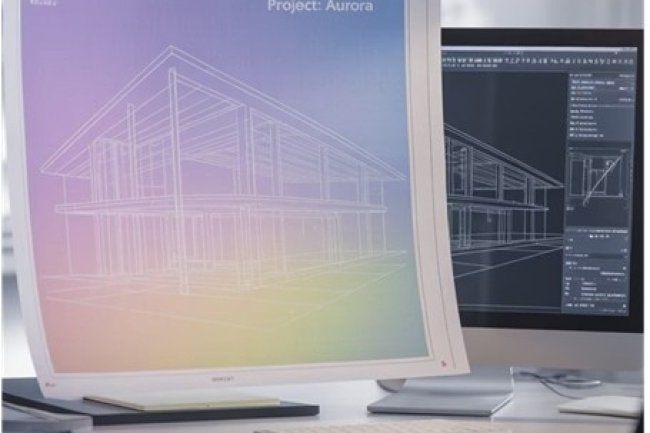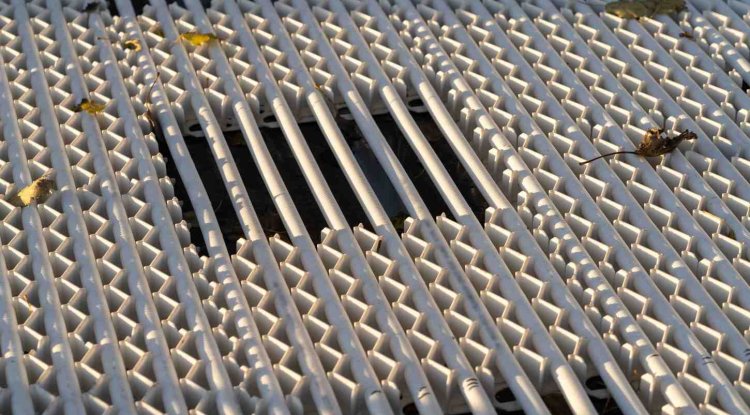5 Industries That Benefit Most from Raster to CAD Services
In today's digital era, the conversion of raster images to Computer-Aided Design (CAD) formats has revolutionized how professionals work with technical drawings. This transformation enables greater precision, easier modifications, and improved collaboration across teams. Let's explore the five industries that gain the most significant advantages from raster to CAD conversion services.

Architecture: Preserving Legacy While Embracing Innovation
|
Architecture is one of the leading industries that benefits from raster to CAD conversion. Many firms deal with legacy building plans in paper or scanned formats, and CAD conversion offers several key advantages:
Accurate CAD conversions empower architects to combine historical preservation with contemporary design seamlessly. |
|
Engineering: Precision and Iteration Made Simple
1. Mechanical EngineeringConversion of legacy mechanical drawings enables teams to update and modify existing parts and assemblies with precision. Additionally, CAD formats allow for stress testing and simulation before physical production. |
2. Civil EngineeringInfrastructure projects often reference historical surveys and plans. CAD conversions facilitate accurate integration of existing structures with new development plans, ensuring proper alignment and connections. |
3. Electrical EngineeringCircuit diagrams and electrical layouts converted to CAD format enable engineers to simulate power distribution, identify potential issues, and make modifications without redrawing entire systems. |
Construction: Bridging the Gap Between Planning and Execution
The construction industry faces unique challenges when working with technical drawings. Construction teams need accurate, easy-to-read plans that can be quickly referenced on-site. They also need to coordinate effectively between different subcontractors and specialties.
|
|
Key Benefits of CAD in Construction:
|
Manufacturing: Streamlining Production Processes
Manufacturing companies often have large collections of old product designs. By converting these legacy drawings into CAD format, they unlock many benefits that improve efficiency and accuracy.
|
Key Benefits of CAD in Manufacturing:
In addition, CAD reduces the time between design and production by eliminating the need to interpret hand-drawn plans, helping manufacturers work faster and more accurately. |
|
How Consac Enhances Your Raster to CAD Conversion Process
|
Expert Technical Knowledge
Our team combines deep understanding of various industries with technical CAD expertise, ensuring conversions maintain original design intent while adding the benefits of digital formats. |
Quality Assurance
Each conversion undergoes rigorous quality checks to verify dimensional accuracy, layer organization, and adherence to industry-specific CAD standards. |
Customized Deliverables
We tailor the final CAD files to your specific needs, whether you require simple 2D drawings or complex 3D models with additional metadata and specifications. |
At Consac, we understand that different industries have unique requirements. Therefore, we collaborate closely with clients to understand their specific needs and provide tailored raster to CAD conversion solutions that integrate seamlessly with their existing workflows.
What's Your Reaction?



















